At first glance, it can be hard to tell the difference between a gravel bike and a cyclocross bike. Both share drop handlebars, knobbly tyres, rigid frames (in most cases) and wider tyre clearances than their road-going equivalents. So what are the differences?
Here, we analyse the key differences between gravel bikes and cyclocross bikes, look at what they're specifically designed for and consider which might be best for you and your off-road pursuits.
We've also got a separate guide – road bike vs gravel bike – if you're trying to decide between road speed and off-road versatility.
Horses for courses
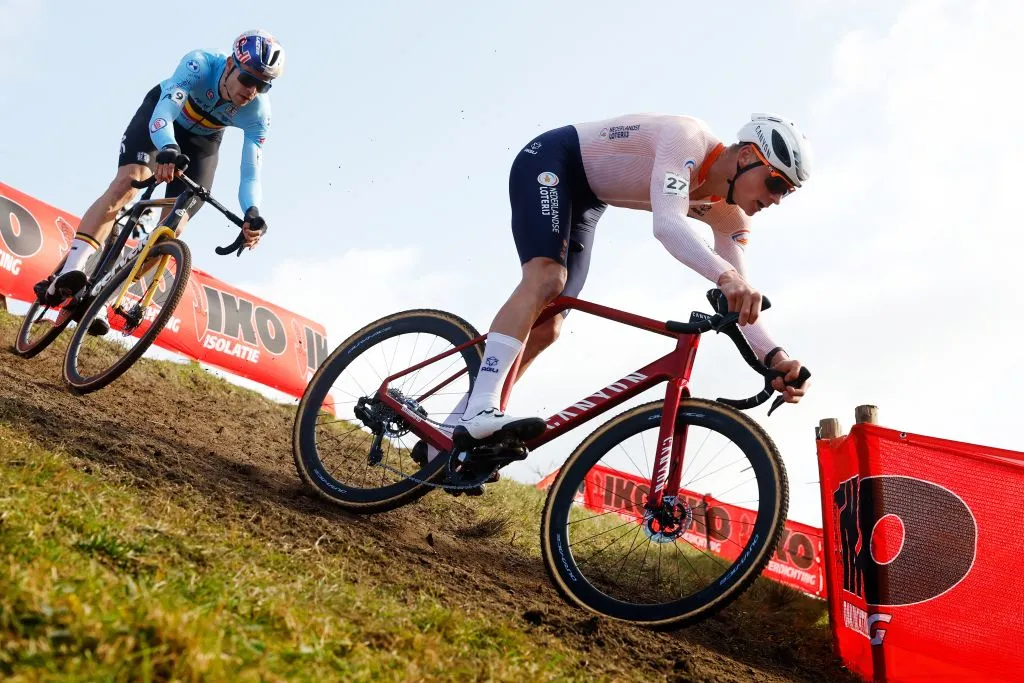
The best way to frame the differences between gravel and cyclocross bikes is to understand their purposes.
The best cyclocross bikes are dedicated to racing, designed for around an hour of flat-out speed and high-intensity riding. Manoeuvrability around tight, twisting 'cross courses is key, so cyclocross racers demand razor-sharp steering and, in many cases, an aggressive riding position.
Specific rules from the UCI, which governs professional racing, also dictate how cyclocross bikes are built. For now, at least, gravel bikes are not subject to any UCI rules like this.
For example, riders competing in UCI-sanctioned cyclocross racing must have tyres no wider than 33mm, so cyclocross race bikes rarely offer much clearance beyond this. We'll cover tyre clearance in more detail later.

Unlike cyclocross bikes, gravel bikes are typically designed for a range of purposes, from multi-day bikepacking adventures to multi-terrain exploring closer to home, and even the burgeoning gravel racing scene.
As a result, gravel riding is a far-reaching discipline and, with gravel bikes used for a wide variety of riding, they tend to be less uniform in design than cyclocross bikes, although the best gravel bikes share some key features.
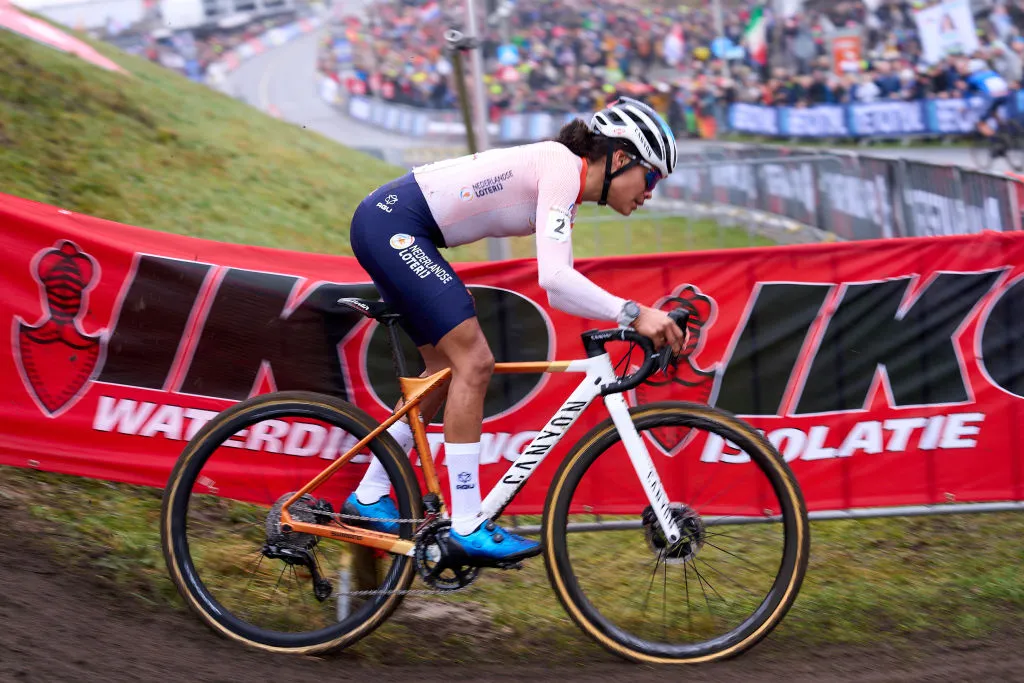
Before gravel bikes arrived on the scene, and with the advent of road disc brakes, some bike brands offered a cyclocross bike with a little extra versatility thrown in the mix, including mudguard and rack mounts.
However, with the dawn of gravel bikes and the inherent versatility they offer, many of the latest cyclocross bikes have become refocussed on CX racing.
Right, that's the basics covered, now let's take a closer look at the key differences between gravel bikes and cyclocross bikes, including geometry, tyres and tyre clearance, mounts, finishing kit and more.
Gravel vs cyclocross bike geometry
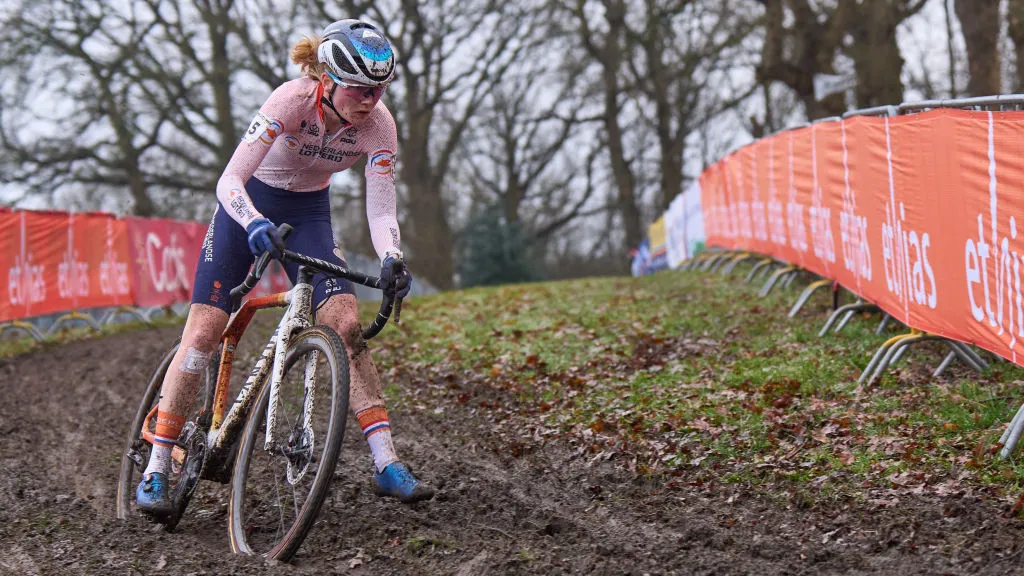
Most gravel bikes feature a more relaxed geometry than cyclocross bikes, designed for days of riding rather than an hour or so, and for tackling rougher trails.
This enhanced emphasis on comfort tends to give a shorter reach and more upright body position. Due to the reduced speeds that are typically involved with gravel riding, aerodynamics are less of a priority here.
But this depends on the category of gravel bike we're talking about: gravel race bikes, such as the BMC Kaius, are a notable exception.
The location of the bottom bracket in relation to the ground also differs between gravel and cyclocross bikes.
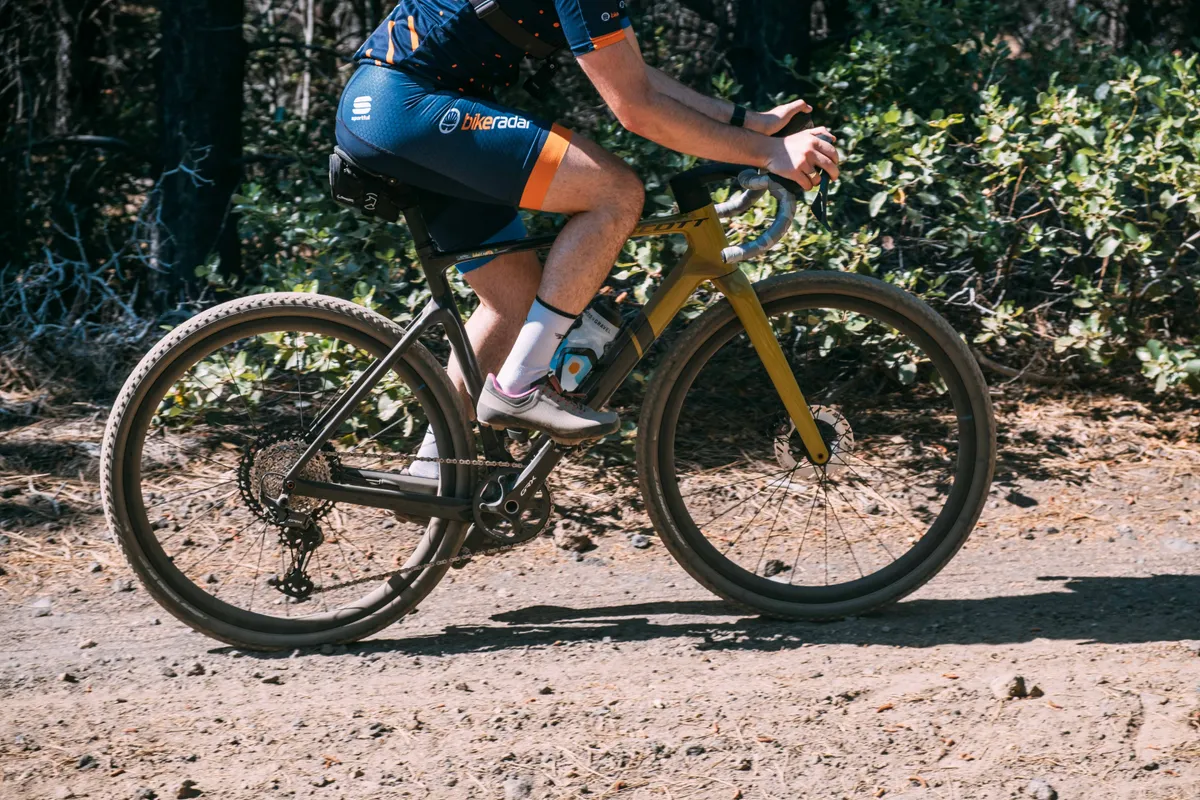
A lower bottom bracket (and hence centre of gravity) gives better stability over rougher terrain for gravel bikes, as well as reducing standover height, meaning it’s easier to dab or dismount on technical terrain.
A longer wheelbase for gravel bikes also has the effect of improving stability here, as well as on steep descents.
The higher bottom bracket of cyclocross bikes improves ground clearance for race obstacles. It also shifts the rider's weight towards the front of the bike, giving a more direct steering response.
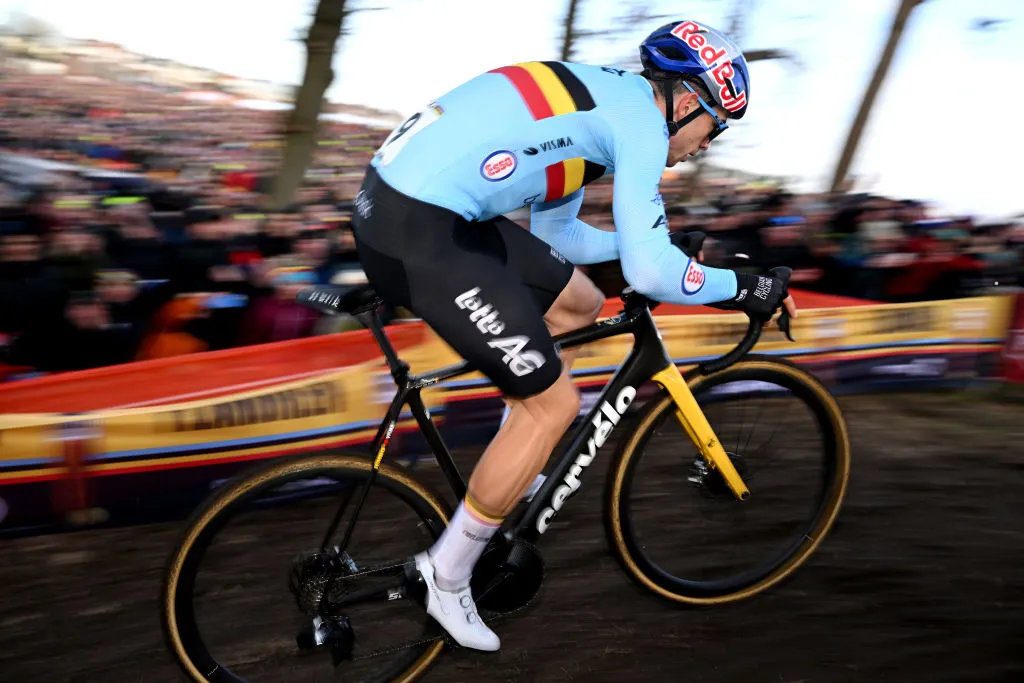
Finally, you’ll often find slacker head tube angles on gravel bikes, more akin to mountain bikes than cyclocross bikes, which in turn are more similar to racy road bikes.
A slacker head tube angle improves off-road capability, so gravel bike geometry at the rowdier end of the spectrum will feature slacker angles (lower numbers), whereas racier models will feature steeper head tube angles.
Gravel vs cyclocross tyres and tyre clearance
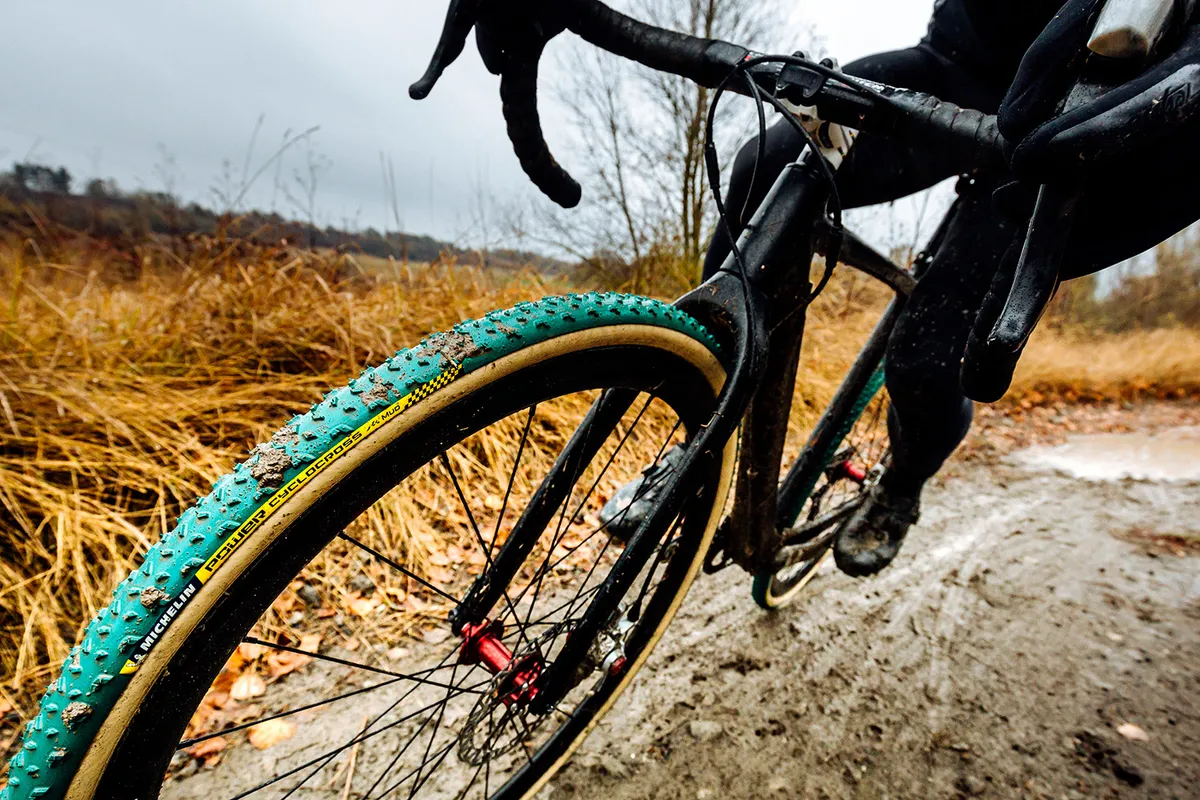
Besides geometry, tyres and tyre clearance are the biggest differences between gravel and cyclocross bikes.
At pro-level racing, cyclocross tyres can measure no wider than 33mm, so cyclocross bikes typically have relatively narrow tyre clearances to accommodate these tyres, with some room for mud, too.
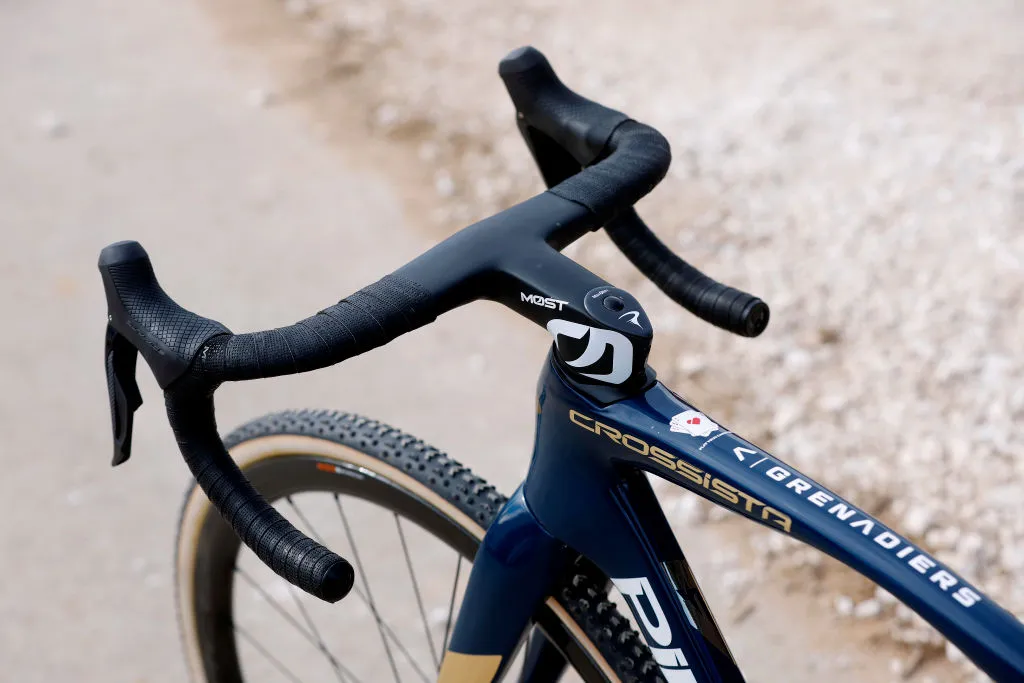
Cyclocross tyres range from super-aggressive treads for mud to file treads for bone-dry or summer 'cross, and tend to use softer compounds than gravel tyres because they’re designed for use on grass and mud rather than harder surfaces such as tarmac.
Cyclocross tyres often don’t have the same level of puncture protection as gravel tyres, and are designed to be lighter and more supple for racing.
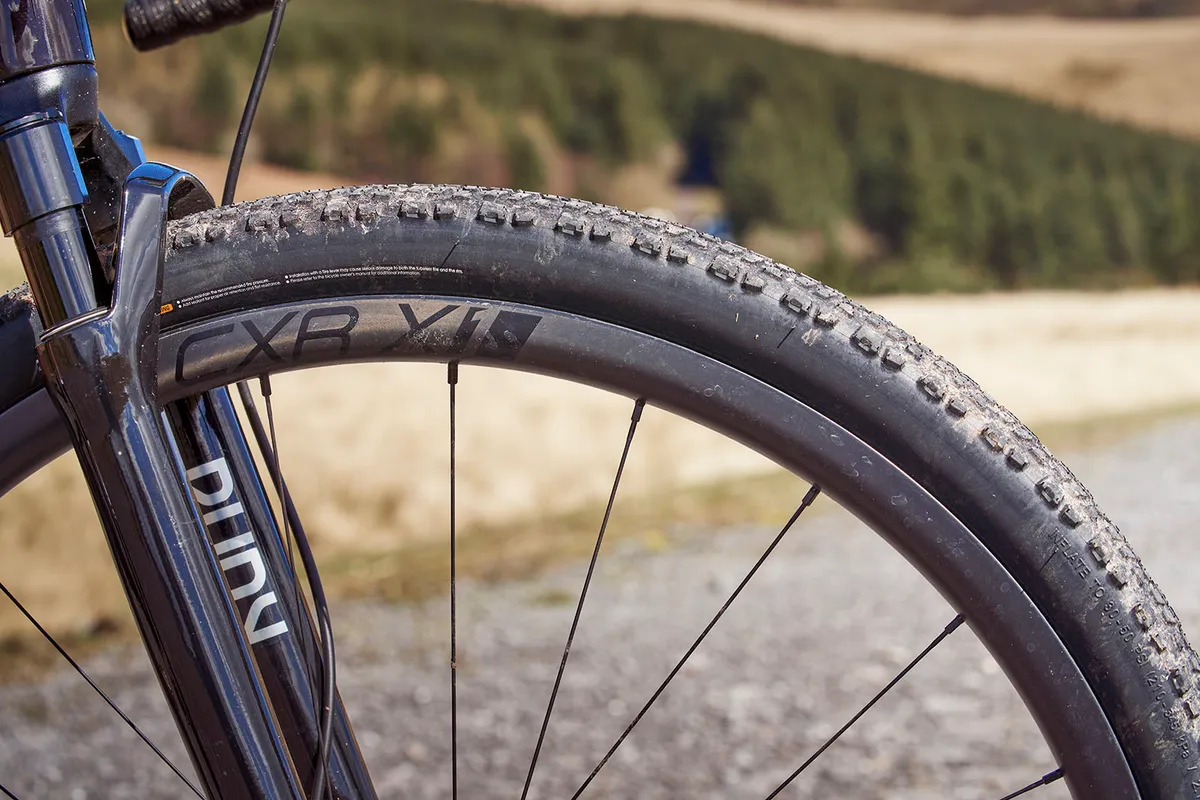
Gravel bikes have wider tyre clearances than cyclocross bikes, often fitted with 40mm gravel tyres or bigger, and the latest frames often feature space for tyres measuring up to a couple of inches (around 50mm) wide.
These wider tyres are crucial not only for giving more comfort over longer rides, but also for allowing riders to tackle more technical terrain such as roots and rocks at a lower tyre pressure, thus reducing the risk of pinch-flats, especially with a tubeless tyre setup.
On that note, tubular tyres have long been popular with cyclocross riders, thanks to the reliability and flat protection offered by tubs. However, tubeless tyres are growing in popularity on the CX scene, too.
Gravel vs cyclocross gearing
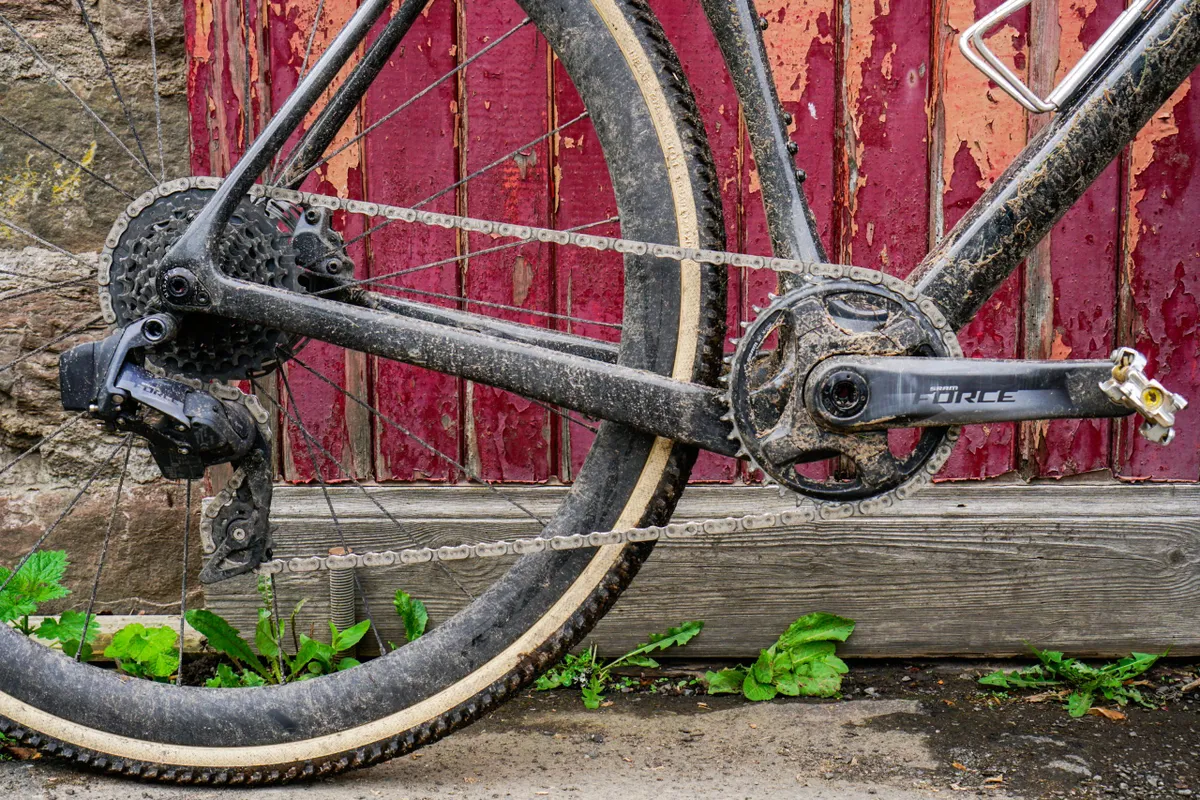
The differences in gearing, when it comes to gravel bike setup and cyclocross drivetrains, come straight back to their differing uses.
During cyclocross races, you’ll need gearing to sprint and power up short climbs, as well as tackle mud and draggy grass. Despite that, ultimately cyclocross requires a fairly narrow gear range.
Though 2x drivetrains were the norm for many years, most modern cyclocross bikes feature 1x drivetrains, because it allows you to reduce not only weight, but also the number of moving parts that could be affected by mud build-up. Some cyclocross racers still prefer a 2x setup, however.
As gravel bikes are made to be ridden on a much wider range of terrain, from fast tarmac to mountainous routes loaded up with bikepacking bags, a much wider gear range is required.
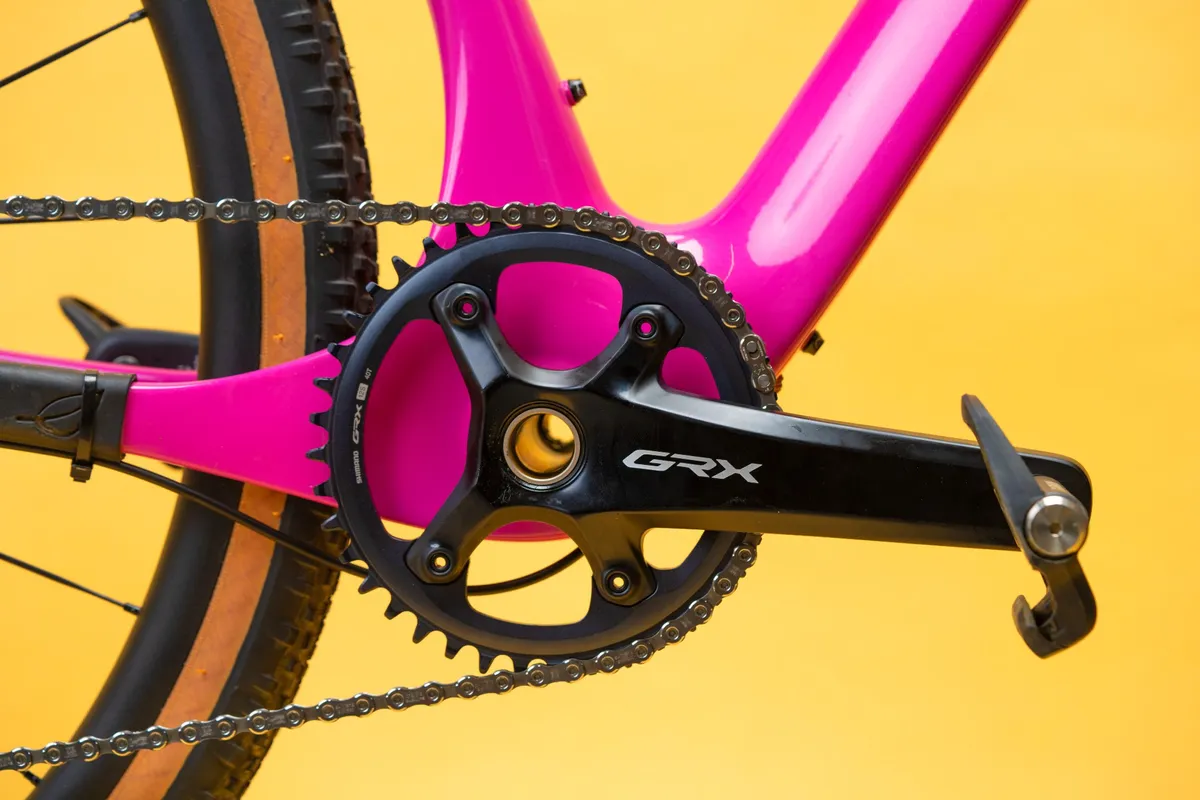
Gravel bikes are either fitted with 1x or 2x drivetrains, according to rider preference, and the ratio of road to off-road riding that they encounter.
For riders who take in less technical trails and a greater number of paved roads, a 2x drivetrain often gives a bigger gear so you don’t spin out at speed. A 2x drivetrain can also offer an easier bottom gear, but it depends on the specific crankset and cassette combination.
The simplicity of a 1x setup is still a big draw for many gravel riders, however, and the advent of gravel-specific groupsets, including Shimano GRX, SRAM XPLR and Campagnolo Ekar, means there are now 1x gearing options tuned specifically for the demands of the discipline.
Mudguard and luggage mounts
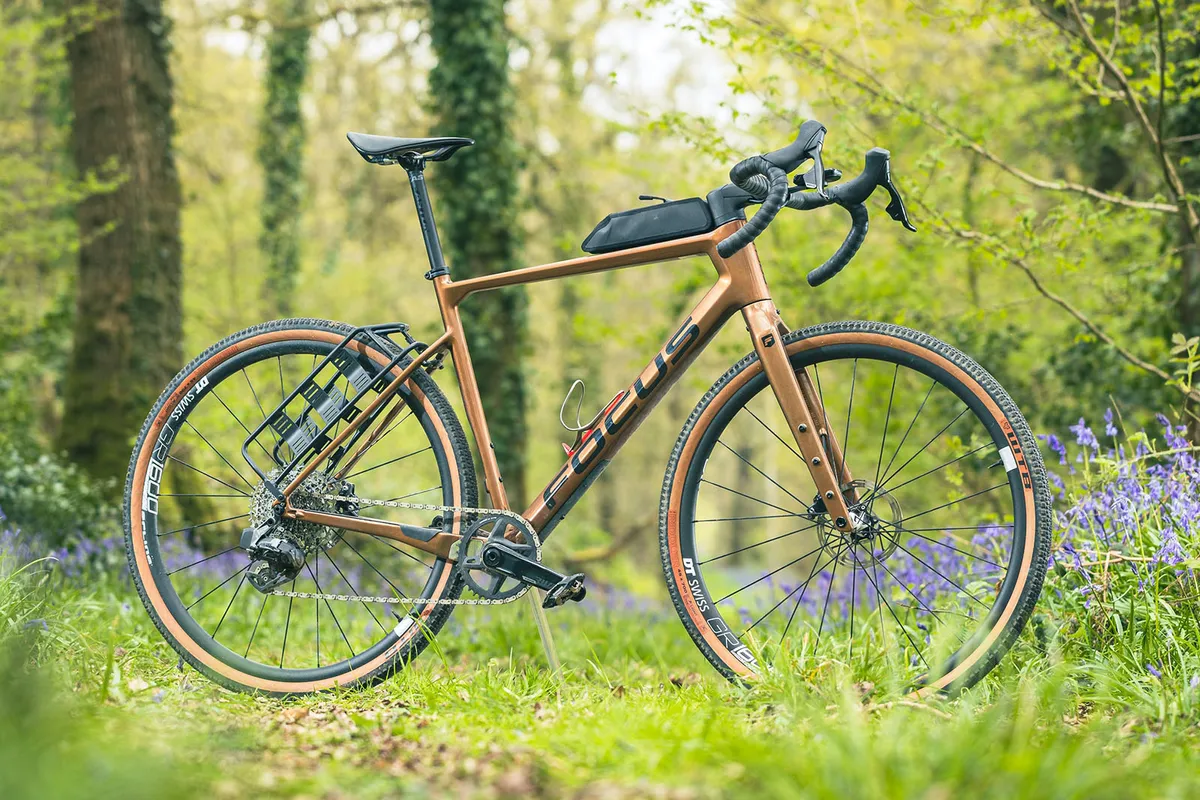
Most cyclocross bikes designed purely for racing won’t feature mounts for mudguards, racks or other luggage, and sometimes only have bosses for a single bottle cage (the thinking being that you'll only need one bottle – if any – for an hour-long CX race).
The lack of cages helps you perform cyclocross skills, like shouldering and running with your bike.
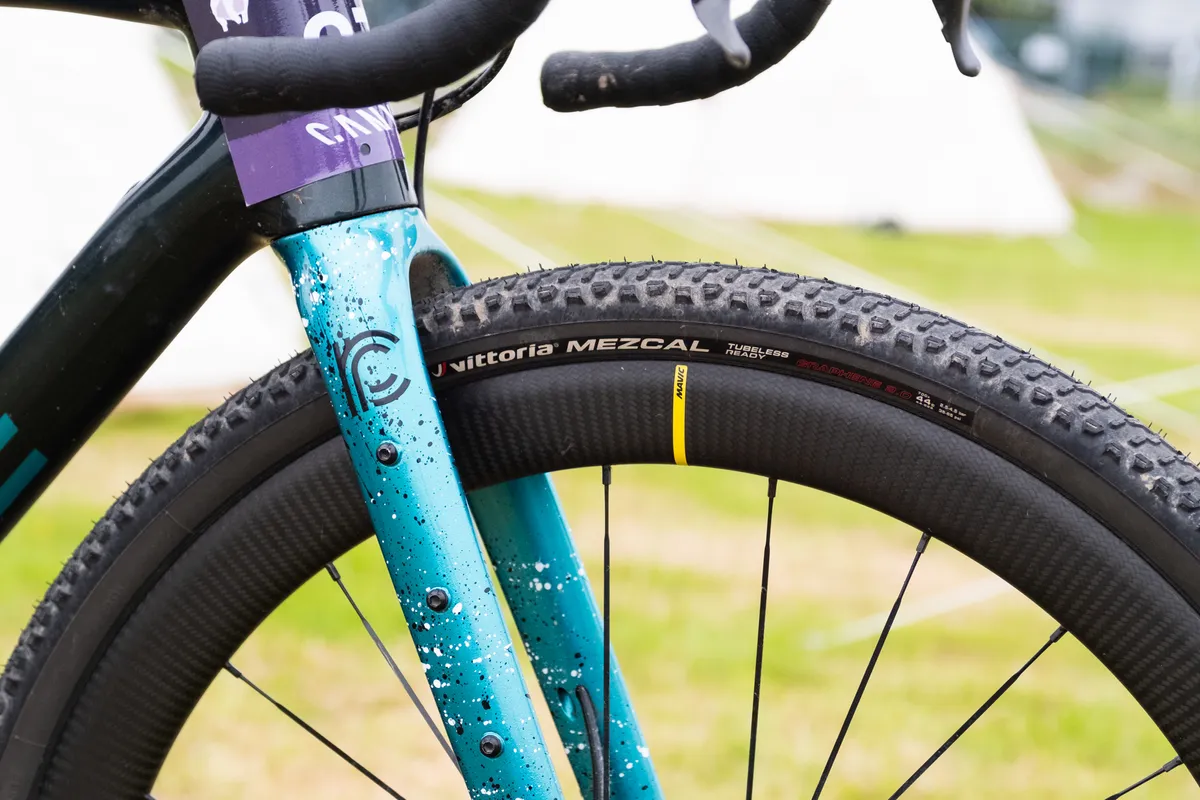
Gravel bikes tend to be a lot more versatile, with the exception of some gravel race bikes. Look for multiple bottle cage mounts, often with an extra set under the down tube for a tool keg or third water bottle, as well as fork blade mounts for cargo cages.
Some frames also feature mounts on the top tube for a 'bento box', where you can quickly access snacks.
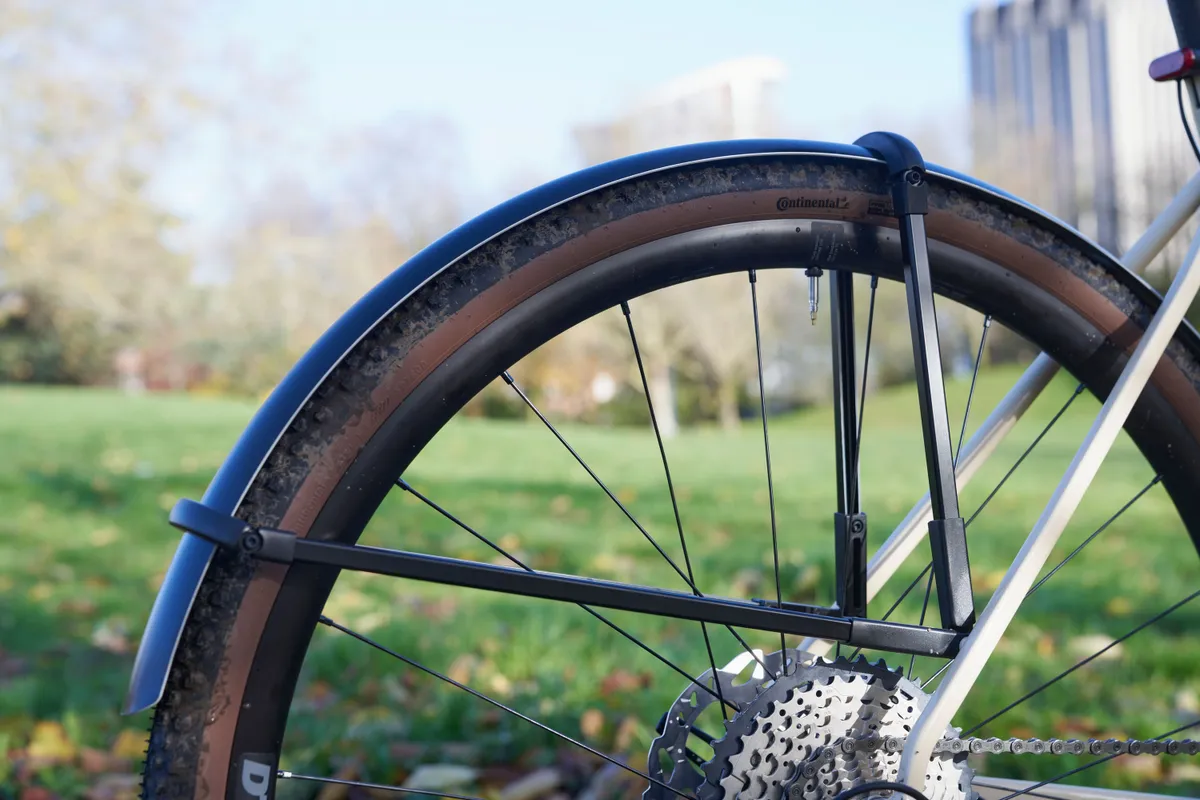
Full mudguard mounts are also common on gravel bikes, and many models also offer rack mounts for either front or rear racks, with geometry tailored to suit.
If you’re planning on riding through the winter or packing your bike with adventure kit, these are important features to look out for.
Gravel vs cyclocross finishing kit
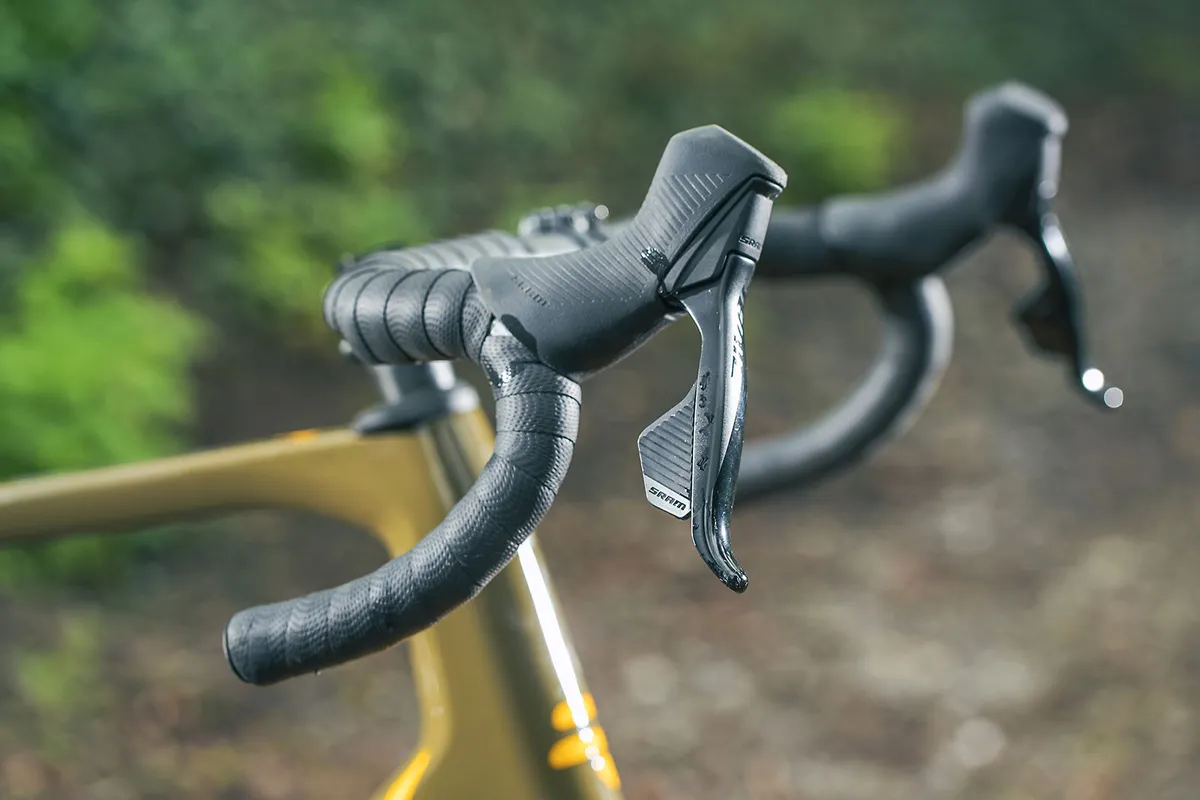
There are generally a few differences between cyclocross bikes and gravel bikes in terms of finishing kit.
UCI rules dictate that cyclocross handlebars can be no wider than 50cm. Most bikes are fitted with significantly narrower handlebars than this, in proportion to the rider’s size.
Following the well-established trend towards wider mountain bike handlebars, there’s a growing trend towards super-wide gravel bike handlebars that sometimes exceed this 50cm limit, for riders who enjoy the wide, stable stance for more techy off-road trails.

The PNW Components Coast cockpit is just one example of this, with a 52cm option (measured at the hoods), giving a mega-wide measurement in the drops of 60cm.
While cyclocross bars tend to feature a traditional drop, flared bars are common on gravel bikes. These bars vary from a very subtle degree of flare to very steep angles, which means that the position in the drops is wider than on the hoods (as seen in the photo above), giving a more stable position for descending.
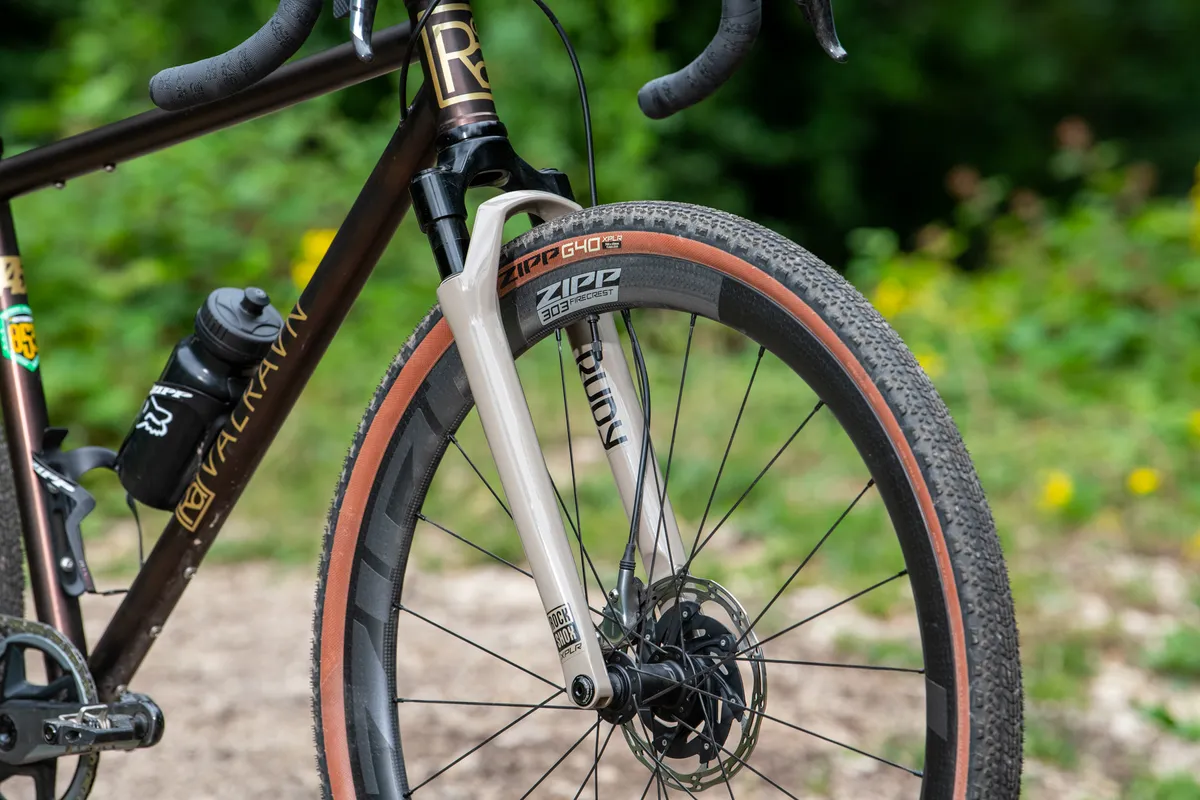
Some gravel bikes also feature seatposts designed to flex (such as the Canyon VCLS Post 2.0) to improve comfort over longer, bumpier rides, and there are a number of gravel suspension options on offer too, as well as dropper seatposts.
Gravel suspension options include minimalist travel built into an otherwise rigid frame and fork, such as the Futureshock system on the Specialized Diverge gravel bike, through to full-on, gravel-specific suspension forks, such as the RockShox Rudy Ultimate XPLR with 30mm or 40mm of travel.
Can I use my cyclocross bike for gravel riding?
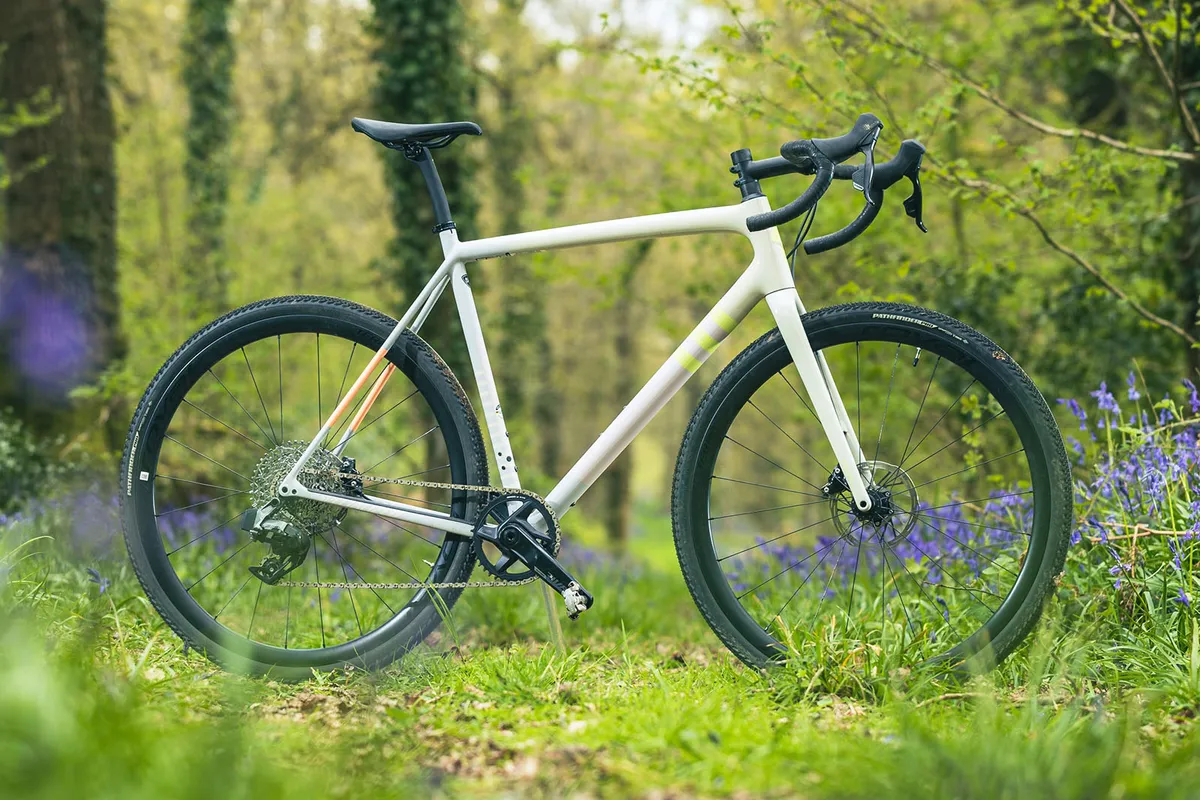
In a word, yes.
While tyre clearances may be your limiting factor for squeezing some chunkier rubber into your cyclocross frame, many riders do choose to adapt cyclocross bikes for general riding off-road.
In some cases, the geometry differences between gravel and cyclocross models are marginal: for example, the 2022 Cannondale SuperSix EVO frame is available in two builds, for gravel racing (SE) and cyclocross (CX), and the Specialized Crux has been rebranded as a gravel racing rig.
Aftermarket components such as flared handlebars can be added to a cyclocross bike to improve stability over rougher trails, and you can always adapt the gearing if you find you need a wider range.
Can I use my gravel bike for cyclocross racing?
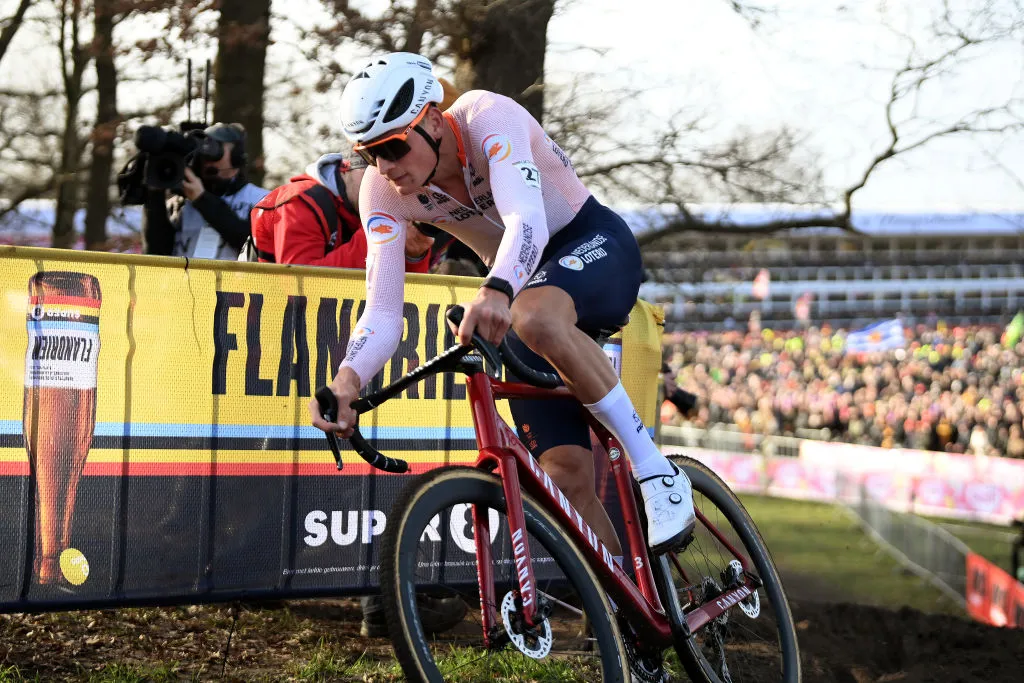
Unless you’re competing at a UCI-level race, in most cases using a gravel bike for a cyclocross race will be absolutely fine, even if you’re running tyres over 33cm or bars wider than 50cm.
Local cyclocross leagues are often considered the most accessible form of cyclocross racing, and everyone is encouraged to give it a go on pretty much any bike capable of riding off-road.
Don’t think you need to have a category-specific bike to dip your toe in – many riders start off on a mountain bike or similar.
If you’re going to use your gravel bike for a cyclocross race, the most important thing to consider will be the tyres. If you’re racing in muddy and wet conditions, you may need to switch out your tyres for something with a more aggressive tread to give you a decent level of grip in the slop.
The most important thing, however, is to get stuck in and have fun!
